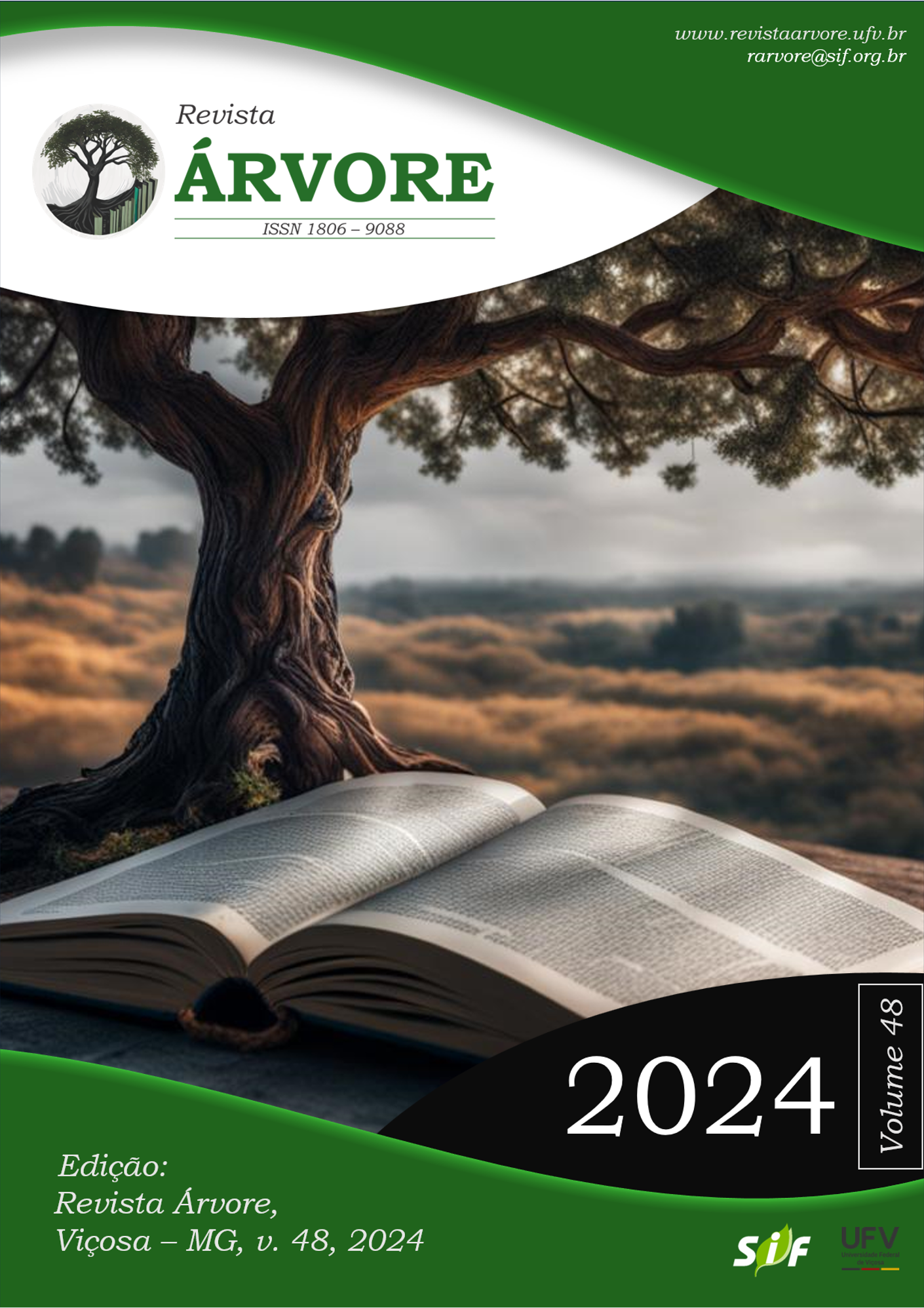Mechanical performance of adhesive bonded joints with 1C-PUR adhesive at different angles
DOI:
https://doi.org/10.53661/1806-9088202448263800Keywords:
Glulam, Strength, AdhesionAbstract
Reforestation trees are an alternative to meet industrial needs, and one potential application is their use in prefabricated structures, such as glued laminated timber (glulam). This study aimed to evaluate the shear strength of Pinus sp. bonded joints made using a single-component polyurethane adhesive (1C-PUR). The joints were produced varying the angles between the wood fibers ranging from 0º to 90º and were tested subjected to shear under compression load and to shear under torsional load. The use of the Hankinson’s equation as an estimator of shear strength of glued joints and the percentage of wood failure were also evaluated. A total of 144 specimens were tested. Half of the total was subjected to shear test under compression load while the other half was subjected to shear test under torsional load. The wood laminates used to make the joints were previously divided into eight groups according to their apparent density. The results showed that the shear strength was affected by the bonding angle, especially for those tested under compression loads. The mechanical behavior of the shear test under compression was considered different from that of the test under torsion for six of the nine angles used in the study. It was also found that Hankinson’s equation can be used as an estimate of the shear strength of joints bonded on different angles when the tests are performed under compression loads. However, the equation was not appropriate for estimating the test results when shear was caused by torsional loads. Overall, the bonded joints presented satisfactory shear strength and low percentage of wood failure. Furthermore, the results of this research were in accordance to those found on similar research where other adhesives were used.
Keywords: Glulam; Strength; Adhesion
Downloads
Published
How to Cite
Issue
Section
License
Copyright (c) 2024 Revista Árvore

This work is licensed under a Creative Commons Attribution 4.0 International License.
All authors agreed to submit the work to Revista Árvore and granted the exclusive license to publish the article. The authors affirm that it is an original work and has not been previously published elsewhere. The scientific content and opinions expressed in the article are the sole responsibility of the authors and reflect their opinions, not necessarily representing the opinions of the editorial board of Revista Árvore or of the Society of Forest Investigations (SIF).








